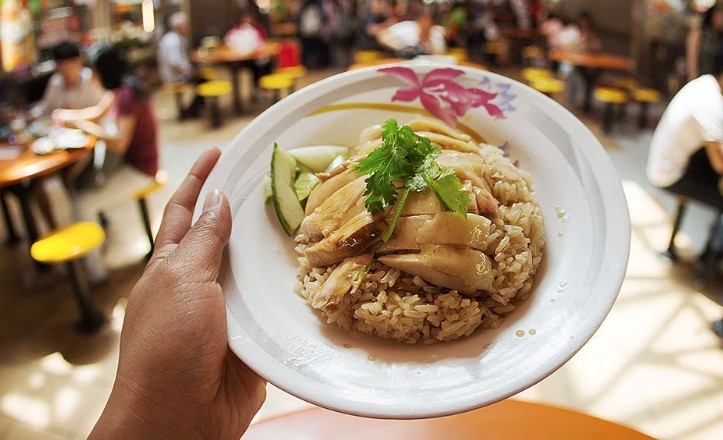Introduction: Overview of Singaporean cuisine
Singaporean cuisine is a blend of various cultures and cuisines that have come together in this melting pot of a city-state. It draws influences from Chinese, Malay, Indian and Western cultures. The result is a unique cuisine that is full of flavor and color, making it popular across the globe. Singaporean cuisine is known for its diverse flavors, ranging from spicy curries and rich gravies to sweet and savory snacks.
Influences on Singaporean cooking techniques
Singaporean cuisine has been shaped by various cultures and traditions over the years. The Chinese brought their stir-fry techniques and dumplings, while the Malays and Indians introduced curries and spice mixes. The Western influence can be seen in pastries, cakes, and sandwiches. These influences have led to a unique culinary style that is now synonymous with Singapore.
Unique preparation methods for seafood dishes
Seafood plays an important role in Singaporean cuisine, and various preparation methods are used to bring out the flavors of the sea. One unique technique is the use of the “wok hei” method, which involves high-heat stir-frying of seafood over a wok, giving it a smoky and charred flavor. Another technique is “shao,” where seafood is barbecued over charcoal, giving it a unique smoky flavor. Fish head curry is a popular seafood dish in Singapore, where the head of a fish is cooked in a spicy curry sauce alongside vegetables such as okra and eggplant.
Use of spices and herbs in Singaporean cuisine
Spices and herbs are a crucial element in Singaporean cuisine, and many dishes are known for their bold flavors. Some popular spices used are cumin, coriander and turmeric, while herbs such as lemongrass, pandan and kaffir lime leaves are used to add aroma and freshness to dishes. One example is “nasi lemak,” a traditional Malay dish where rice is cooked with coconut milk and pandan leaves, giving it a fragrant and rich taste.
Stir-frying and wok cooking in Singaporean cuisine
Stir-frying and wok cooking are integral techniques used in Singaporean cuisine. The wok is a versatile cooking tool that allows for quick and even cooking over high heat. The “wok hei” method is used to achieve a smoky flavor while stir-frying is used to cook vegetables, meats, and noodles quickly. One popular dish is “char kway teow,” a stir-fried noodle dish with shrimp, cockles and bean sprouts.
Preservation techniques in traditional Singaporean dishes
Preservation techniques have been used in traditional Singaporean dishes for centuries. One method is “kiam chye,” where mustard greens are fermented in salt and rice wine, giving it a sour and salty flavor. Another technique is smoking, which is used to preserve meats and fish, giving them a unique smoky flavor. “Otak-otak,” a grilled fish cake made with mackerel and spices, is a dish where smoking is used to preserve the fish before cooking. These preservation techniques have become an integral part of Singaporean cuisine, adding depth and complexity to traditional dishes.
In conclusion, Singaporean cuisine is a fusion of various influences, which has led to a unique and flavorful culinary style. The use of spices and herbs, stir-frying, wok cooking and preservation techniques are some of the unique methods used in Singaporean cuisine. The use of seafood in Singaporean cuisine is also noteworthy, with various preparation techniques used to bring out its flavors. All these elements have contributed to Singapore’s reputation as a foodie destination.

